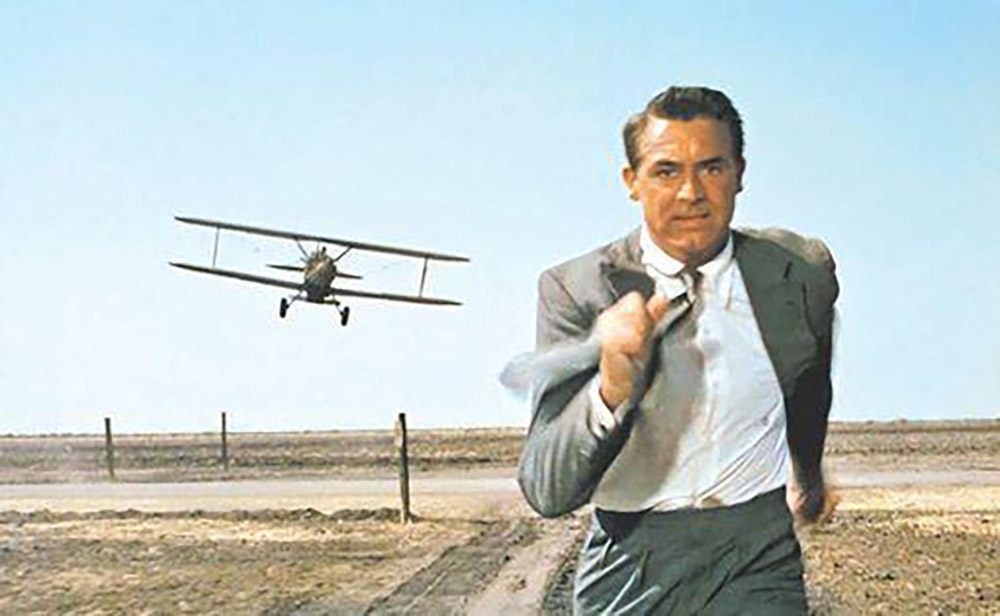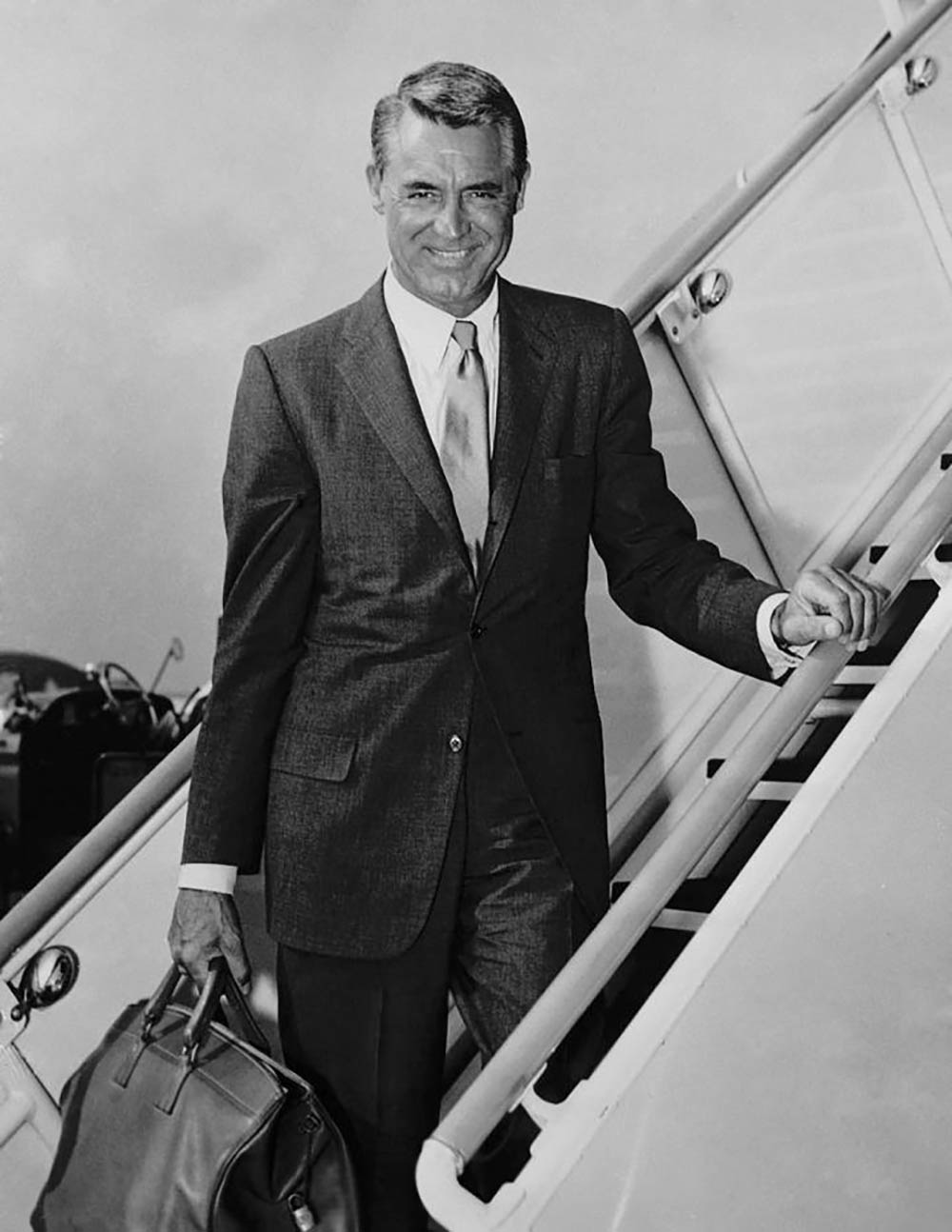The frescothe merino wool yarn is twisted multiple times on itself and More is in fact not italian, but british. This fabric, named after the literal Italian translation of “fresh”, is created and patented by the manufacture Martin Sons & Company in 1907.
Several characteristics define a fresco, the first being the use of shorter woolcontinuous growth fiber of animal origin (alpaca, camel, Kas More fibre, thicker, but with increased resilience. This thread comes from the merino sheep, offering a vast natural elasticity and an ease in maintenance.
Once the fibre is chosen, it is twisted and spun various times using many threads at once, reducing the fabric’s propensity to wrinkle and ensuring a beautiful drop. This process is known as the “high twist”.
With Hardy Minnis, the choice of the number of twisted threads allows a decidedly precise weight : the three-ply (three threads) is between 435 and 465g/m, the two-ply between 280 and 310g/m and the high-twist between 250 and 280g/m, the latter is rarely used due to its extreme lightness.
To spin a fibre gives the fabric a rough, at first unsettling, touch. That specific feel allows giving the fabric summer wear, even in the hottest of climates. When it was launched, parallel to the modern developments in “summer suiting”, one reads: “There is no excuse, even for the most reverent in their clothing, and most conservative in their habits, to endure the disagreements of summer”.
Woven in order for the air to freely pass through, it is breezy and allows for vast breathability. The first ad campaigns state the fresco is made for “clothing which gets better with every gust of wind”. Nowadays, the addition of motifs (Prince of WalesGlen Urquhart tile pattern overlaid with a window tile patte More, plain, Windowpane, stripesline or band more or less wide that marks a fabric More) creates a vast prism of wear.

GRANT, Cary, act. HITCHCOCK, Alfred, dir. North by Northwest. 1959. 136 min.

GRANT, Cary. United-States. 1958.

CONNERY, Sean, act. HAMILTON, Guy, dir. Gold Finger. 1964. 125 min.

CAINE, Michael. Scotland, United-Kingdom. 1967.
- The Canadian Tuxedo
- The Car Coat « Weekend style with quiet confidence—the car coat speaks without spectacle. »
- A HISTORY OF MEN’S FASHION« Chenoune shows how menswear shifts between fashion and function, individuality and universality—a history that never ends. »
- COTTON« Soft, but with weight. Relaxed, but never shapeless. It carries memory in its creases. »



